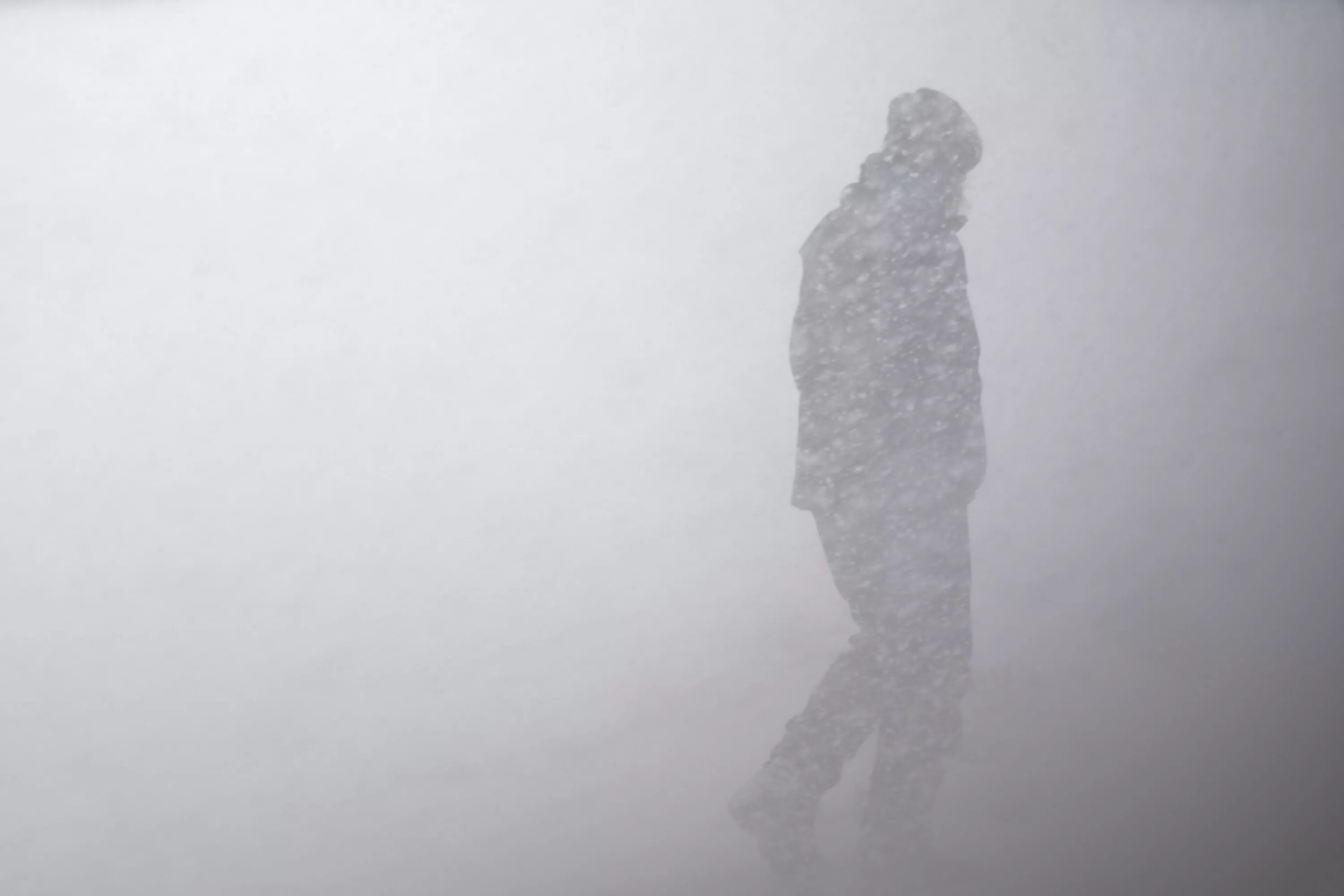
Photo by Zac Durant on Unsplash

Audio By Carbonatix
Just mouthing the word “ERCOT” will elicit a Pavlovian-sweat response for many Texans who lived through Winter Storm Uri. The February 2021 extreme weather event ruined the reputation of the state’s power grid operator in the eyes of many.
Pipes froze, then burst. Hundreds of Texans died and millions shivered in cold and darkened homes.
Many Texans are now wondering what’s in store this winter. Could we be weeks away from another punishing cold snap?
Gov. Greg Abbott wrote in an X post last week that the state is taking “key steps” to ready our creaky ol’ grid ahead of the chilly months.
Will you step up to support Dallas Observer this year?
At the Dallas Observer, we’re small and scrappy — and we make the most of every dollar from our supporters. Right now, we’re $16,000 away from reaching our December 31 goal of $30,000. If you’ve ever learned something new, stayed informed, or felt more connected because of the Dallas Observer, now’s the time to give back.
“@ERCOT_ISO will immediately deploy new weatherization inspectors to ensure the Texas power grid remains reliable and resilient,” he said.
Texas continues to take key steps to prepare our state power grid for the upcoming winter.@ERCOT_ISO will immediately deploy new weatherization inspectors to ensure the Texas power grid remains reliable and resilient.
— Gov. Greg Abbott (@GovAbbott) December 4, 2023
Read more: https://t.co/leZGlm0VKI pic.twitter.com/jZqZ8hVPoO
This comes after remarks from Pablo Vegas, president and CEO of the Electric Reliability Council of Texas, casting doubt on the whole “reliability” factor of the organization. Vegas told WFAA’s Y’all-itics podcast last month that the state “probably won’t” have the needed 3,000 megawatts in reserve in case of emergency this winter.
Ugh.
And in other less-than-stellar power news, ERCOT’s grid readiness report for this coming January indicates a 16.77% chance of entering emergency conditions should another severe storm strike next month. Of note: The chance would only be that steep amid conditions akin to 2022’s Winter Storm Elliott and just between the hours of 8 a.m. and 9 a.m.
Yes, we may see rolling blackouts in such a scenario, but mercifully they’d not last too long, KENS 5 in San Antonio reported.
That 60-minute span is considered a wintertime weak spot for the Texas grid. Around 8 a.m., production of wind turbine power drops, and solar panels don’t kick in to help out until a little later on, according to KENS 5. Solar power will alleviate remaining grid issues as the day progresses.
The nearly 16.8% chance of having to order controlled outages is pretty high, Tom Overbye, director of the Texas A&M University Smart Grid Center, wrote via email. However, that percentage is “based on a severe assumption that is most likely not going to occur, and is also only for one hour (8 to 9 am).”
For a typical winter that sees cold but not record-setting days, ERCOT predicts a 6.7% chance of needing to go to such outages, again just within that hour-long time frame, Overbye said, adding: “So I think it is highly likely that the ERCOT grid will be fine through the entire winter.”
“Hopefully it’s a mild winter.” – Doug Lewin, Stoic Energy Consulting
But Doug Lewin, president of Stoic Energy Consulting, notes that these estimates are based on the assumption that we’ll face another Elliott-esque storm. Enduring a Winter Storm Uri sequel? Well, that’d be a different ballgame.
“A perfect storm would be much, much higher than 17%,” Lewin said. “If we had something like Uri, or let’s say exactly the same as Uri, those chances would be very, very high. … I would imagine the odds of outages in a Uri-like condition would be pretty close to 100%.”
Not all outages are created equal, though. Lewin noted that the February 2021 storm’s blackouts lasted for days and struck more than 4 million households. Supposing Uri 2.0 were to strike today, Lewin thinks that the outages’ duration and magnitude would be much less.
Another factor: This year was met with a strong El Niño, the climate pattern that describes warmer-than-usual surface waters in the eastern Pacific. Texas State Climatologist John Nielsen-Gammon told the Observer in September that a “strong El Niño pretty much takes off the table the chance of having a super cold air outbreak during the wintertime.”
Fingers crossed that holds.
Regardless, Lewin advises folks to prepare for rolling outages: Stock up on canned goods and bottled water and check with medically vulnerable family members to make sure they have a plan.
An expanding body of evidence suggests that climate change is weakening the jet stream, prompting short-yet-powerful cold blasts, Lewin said. Average winter days will be warmer overall, “but when you do get a cold snap, look out. They could be particularly vicious.”
People need to become involved and demand more comprehensive solutions from elected leaders, Lewin said. ERCOT attempted to procure 3,000 megawatts for its reserve not that far in advance of winter. The way he sees it, that speaks to a sort of “short-term thinking” in play.
Longer-term solutions – such as energy efficiency and greater battery storage – are really what’s needed, he said. Hopefully that’s where policymakers are headed, but it’ll likely take them hearing from constituents.
Lewin added that he doesn’t mean to come across as “too ‘doomsday’ or anything.
“Hopefully it’s a mild winter,” he continued, laughing dryly. “If it’s not a mild winter, and we do have some severe storm again, I think that the evidence supports the conclusion I reached, which is that the outages that do occur in a Uri-like situation wouldn’t last as long. So, hopefully that gives some people some comfort.”